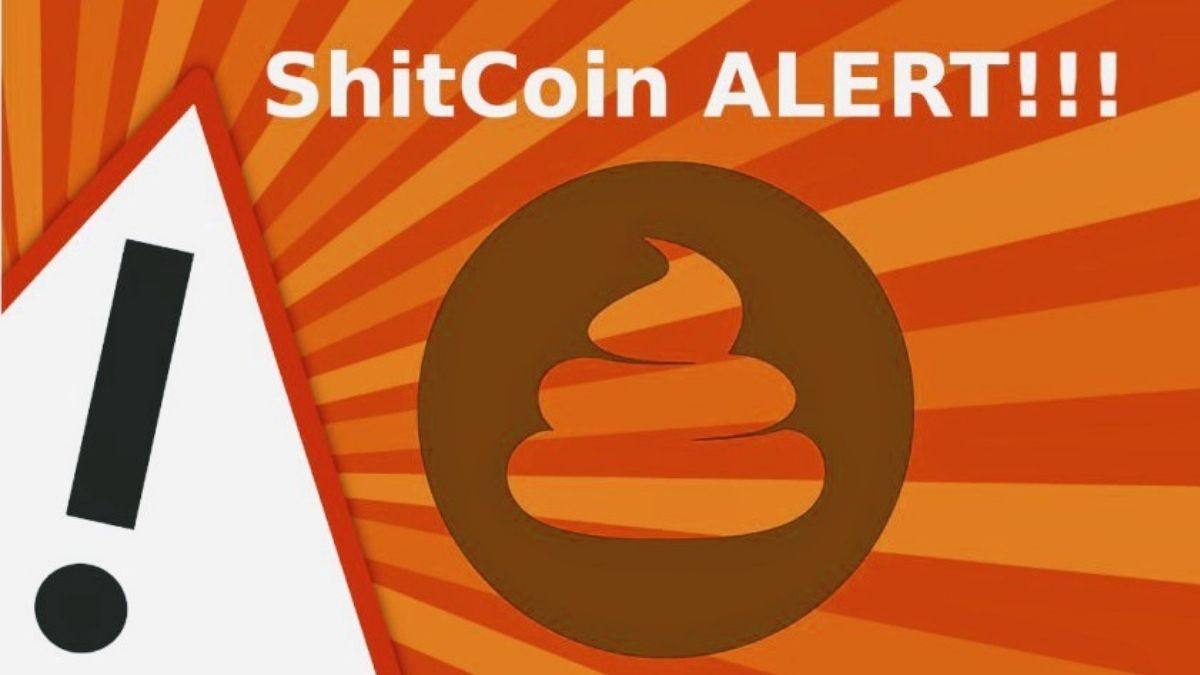Is Tata Coin a shit coin? Learn more about what is a Shit Coin!

Shitcoin, a popular term in the digital currency realm, is an umbrella term for failing cryptocurrencies. Recently a new coin has come in a place called Tata Coin. A lot of users had already started buying as the name Tata is attached to this coin. However, this is not the case as it’s not owned by Tata in any way shape, or form. Anyone with access to blockchain technology can now build their own coins and tokens. This frequently results in the production of shitcoins, which are currencies with no value or intent that have no meaningful results. This abbreviation was not created for any particular reason. The word is applied to coins that do not have a specific function.
Read More about Tata Coin.
We explain what shitcoin is and why it’s causing such a stir.
What exactly is Shitcoin?
The phrase “shitcoin” refers to cryptocurrency that is both useless and worthless. These cryptos were formed as clones of existing currencies, bringing nothing new to the crypto world. Dogecoin (DOGE), BitTorrent (BTT), Dent (DENT), TRON (TRX), and Shiba Inu are some well-known shitcoins (SHIB). Shitcoins lack functions, unlike Bitcoin and Ethereum, which were created with particular, specified purposes and innovative goals in mind. As a result, they do not have the same lifetime as other coins.
What Are Shitcoins and How Do They Work?
Since the introduction of Bitcoins in 2009, there has been significant growth in interest in cryptocurrencies. People claim that a shitcoin is valuable simply because it exists. Cryptocurrencies have a limited practical application, and their value is solely speculative.
Shitcoins are easy to spot since they have a consistent pattern. They could be a rip-off of another well-known coin or a whole new concept. There isn’t a clear definition.
Although a coin may generate some curiosity when it is first released, its price remains quite stable. However, when more investors get on board, the price rises enormously in a short period of time. Following that, investors dump their coins in order to profit from short-term gains, causing the price to plummet.
In the case of shitcoins, there is a risk factor.
Over 4,000 cryptocurrencies are available on the market. They can’t all be producing the same amount of interest and money as the top performers, such as Bitcoin, Binance, and Tether. Many shitcoins were established to take advantage of people who jumped on the crypto bandwagon without first completing their homework. They have a poor research value because their value is dependent on pure guesswork.
Thousands of dollars have been lost by people who have invested in shitcoins. Investing in cryptocurrency carries similar risks as investing in the stock market. You should never invest more than you can afford to lose, and you should always conduct thorough research before making a decision.
How Can You Tell If It’s A Shitcoin?
Mysterious Developer: If the developers have identified themselves through a video on Instagram or YouTube, for example, they are deemed doxxed and considerably more reliable. It’s considerably less likely to be a con now that their appearance is well-known. Developers of shitcoins are frequently suspect.
No functionality: Anyone may come up with lofty objectives and promises. However, not just anyone can provide the blueprint for how those goals will be met. A project is untrustworthy if it fails to define the functionalities.
The aspect of Generosity: If a project’s website appears generic or uses a free domain, it should be considered a red flag. Furthermore, if the white paper seems identical to that of other well-known projects, it’s most likely a forgery designed to make consumers feel safe.
Number of Holders: According to experts, each new coin worth investing in should have at least 200 to 300 holders. Any coin that does not match that criterion is unhealthy and unworthy of investment. In the same way, any healthy new coin should be able to process five to ten transactions per minute.
Liquidity: Most decentralized exchanges rely on a liquidity pool as their backbone. It’s probably a shitcoin if the project you’re investing in doesn’t have at least $30,000 in it. Low numbers, such as hundreds or a few thousand, should be taken as a red flag.
No investment is preferable to a bad one.
According to Investopedia, shitcoins are often bad investments. They entail a great deal of risk and rarely pay off. Only a few “insiders” truly comprehend the pricing dynamics, thus the majority adopt pump and dump strategies. After a pump and dump strategy, other investors are left with worthless cryptocurrencies that have no actual value.


